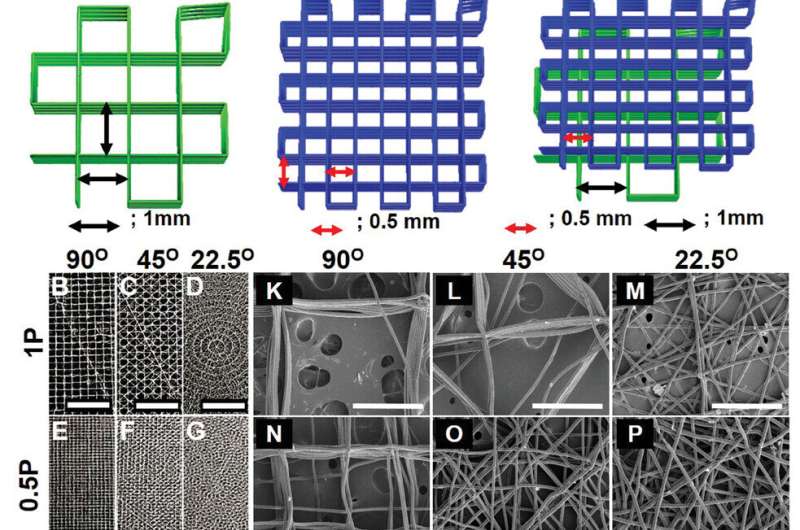POP develops when tissues, pelvic floor muscles and ligaments that support the pelvic organs (bladder, uterus and bowel) are damaged, usually in childbirth. This injury causes the organs to shift (“drop”) into the vagina or even outside the body, often with debilitating results.
It has been described as a hidden pandemic affecting 25% of all women and 50% of post-menopausal women.
Chronic POP requires surgical reconstruction, but there are few safe options to repair the damage.
The surgical use of synthetic, non-degradable meshes has been banned since they were found to be responsible for serious and life-changing damage in a significant number of patients, so Hudson Institute researchers have spent recent years developing a safer alternative, that works with a woman’s body, not against it.

